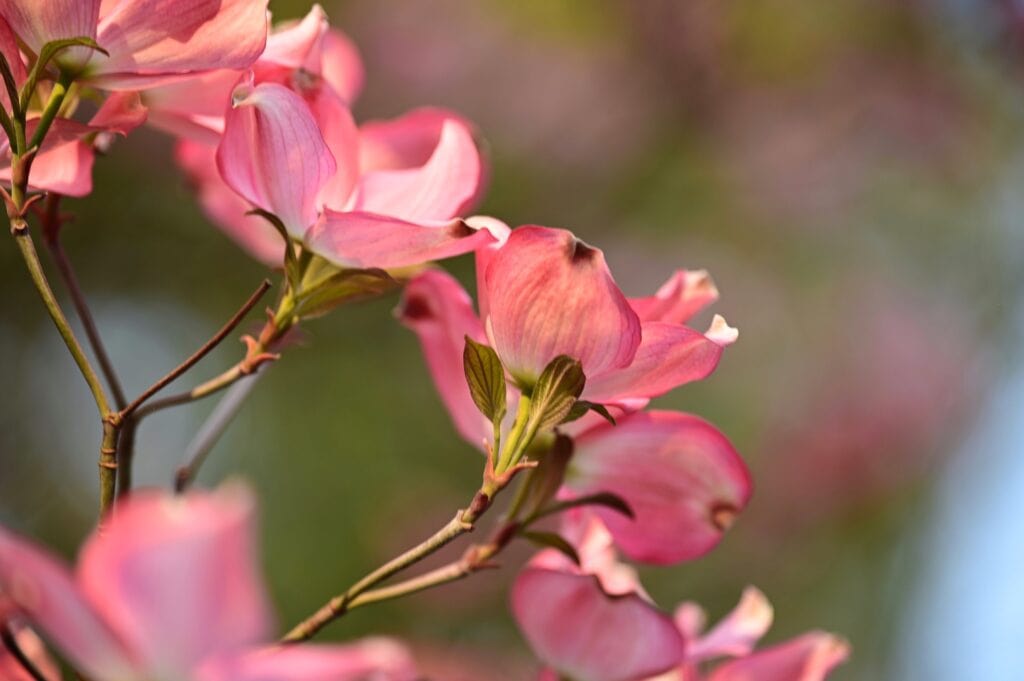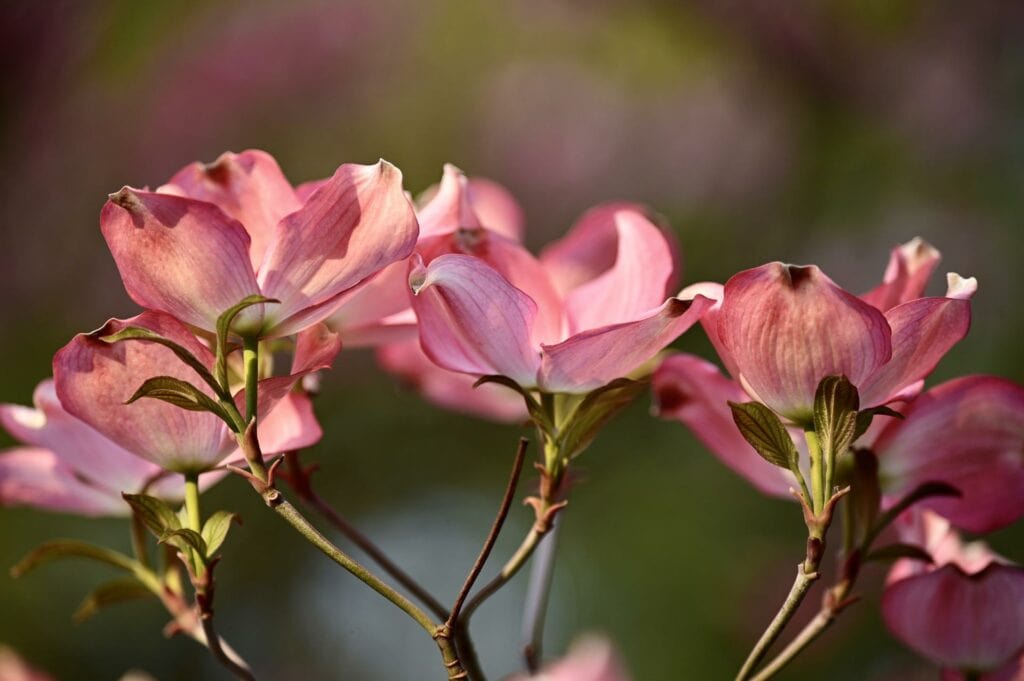What Is the State Tree of Virginia? Facts & FAQ
-
Visnja Radosavljevic
- Last updated:

Each US state has its own history and culture. Due to such diversity among the states, every one of them has unique symbols and representations that highlight the beauties of their area. Specific flowers, flags, animals, and even trees commemorate individual states and their uniqueness.
When it comes to Virginia, this state has multiple state representations that stand out, but one of the most memorable ones is the state tree of Virginia—the American Dogwood.
Throughout the article, we’ll provide more details about this stunning tree species and why Virginia decided to claim it as the state tree.
 American Dogwood Characteristics
American Dogwood Characteristics
| Common Name | American Dogwood/Flowering Dogwood |
| Scientific Name | Cornus Florida |
| Origin | Native to the North Eastern US and northern Mexico. Widespread from Maine to northern Florida and west to the Mississippi River |
| USDA Hardiness Zone | 5–9 |
| Flower Color | White, pinkish-white, yellowish, reddish |
| The Number Of Petals | 4 |
| Bloom Time | April to June |
| Purpose | Ornamental tree |
| Symbolism And Meaning | Pride, devotion, loyalty, safety, determination, passion, fertility |
The American Dogwood, also known as the Flowering Dogwood, is a native, deciduous tree you can notice in various states in the US. Many people consider this tree spectacular as it looks beautiful throughout the seasons, and it’s a perfect addition to any landscape. Your yard will be shaded in the summer, it will have stunning flowers throughout the spring, attractive bright foliage during fall, and red berries during winter.
These trees are typically between 20 and 40 feet high, with round, dense crowns. The American Dogwood blooms during spring, bearing unique flowers that last between 2 and 4 weeks. They are low-maintenance, making them a perfect plant for people who want to make their yard beautiful but don’t have much time to invest in it.

American Dogwood Growing Requirements and Tips
If you want to plant American Dogwood in your yard, it’s helpful to know its needed growing requirements to ensure your tree will be healthy and strong.
- Soil requirements: The American Dogwood is not a needy plant, and can prosper in any soil. However, it would be best if the soil is humus-rich, well-drained, and contains organic matter. Some soil types like clay, loamy, or sandy will require more watering than other soil types to keep your American Dogwood in good shape.
- Sun requirements: The American Dogwood can grow either in full sun or partial shade, as it needs 4 hours of direct sunlight daily. However, it shouldn’t be under too much sunlight as that could lead to drought issues and stress.
- Water requirements: During summer, the American Dogwood needs a lot of moisture, so you’ll need to water it at least once a week. To minimize the watering needs, you can add mulch around it to keep the area moist. When it comes to watering during fall and winter, if there’s enough rain or snow, it doesn’t need to be frequent.
Possible American Dogwood Issues
There are a couple of different diseases and insects the American Dogwood is prone to, and if not treated, they could endanger your tree.
- Anthracnose: The American Dogwood is prone to two different anthracnose types, which can be potentially deadly for this tree. It’s essential to fight them on time, and the best way to do that is to plant disease-resistant plants nearby and use fungicides when needed.
- Powdery Mildew: This fungus commonly attacks the American Dogwood, causing various issues. You should treat it with fungicides and enhance your cultural control.
- Dogwood Borer: This insect can jeopardize the overall health of your American Dogwood, so you’ll need insecticides to resolve them before it’s too late.

The History Behind the State Tree of Virginia
The American Dogwood plays a vital role throughout Virginia’s history, and it promotes its tradition and culture. Virginia was home to various US presidents, and some of the most famous ones, like Thomas Jefferson, took pride in this tree.
He was among the first people to grow various Dogwood species on his Monticello estate in Virginia during the 1770s. Jefferson was so proud of this plant that he frequently took seeds to his friends and associates in Europe. His enthusiasm for this tree had a great impact on it being declared the state tree. Another impact was coming from the Commonwealth Association, as the lawmakers were convinced this was the proper representation of Virginia that would help future generations connect to its roots and traditions.
Virginia is the only state with the same plant selected as the state tree and state flower. The American Dogwood was primarily set as the state flower in 1918, while it was selected as the state tree in 1956.
Is There Any Other State With the Same State Tree?
Other than Virginia, Missouri is another state that has the American Dogwood as the state tree. In Missouri, the Flowering Dogwood was declared a state tree in 1955, as it has an abundance of these trees that make the state stand out.
While the American Dogwood is the state flower of Virginia, it’s also a state flower of North Carolina since 1941.
Conclusion
The American Dogwood represents Virginia in its best light and shows people they should value their traditions and the place they come from. This state tree truly connects all Virginians with its rich history, and it will be an excellent emblem for future generations who want to cherish their heritage.
- See also: What Is a Slab Basement? Alternatives, Pros, Cons, & FAQ
Featured Image Credit: Pixabay
Contents
 American Dogwood Characteristics
American Dogwood Characteristics